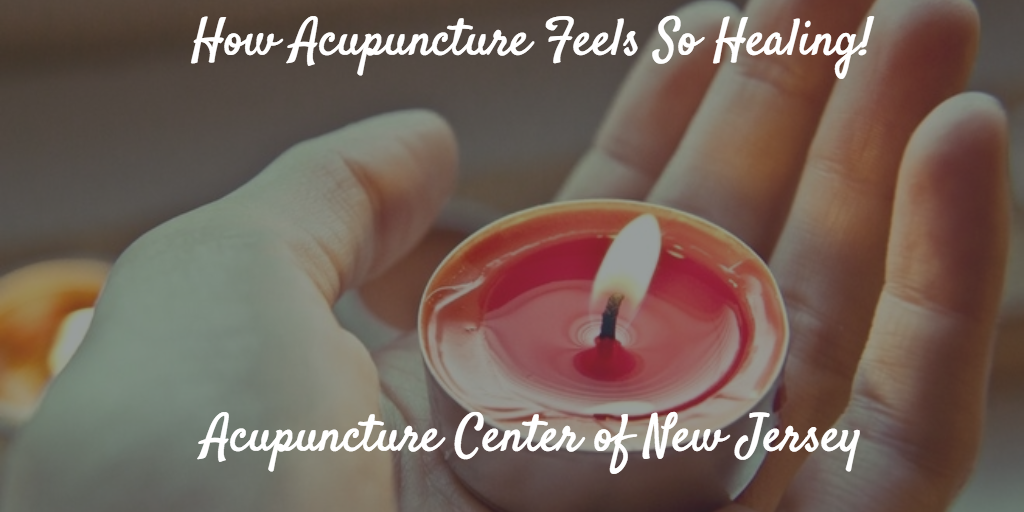Many patients have asked me over the years: “How does acupuncture work?” I often answer with remarks describing the stimulation of Qi; the flow of the meridians; nourishing of the organs; release of endorphins and serotonin, and other bio-chemical functions that have been discovered with modern research. Lately I have been thinking about how to explain what actually happens during an acupuncture treatment. How to describe what a patient experiences and what goes on that contributes to the deep feeling of wellness and relaxation, the relief of pain and other symptoms, and an increase in energy and vitality that patients often feel after treatment.
The shift begins from the moment the patient enters our office or comes into the treatment room to prepare for acupuncture. Often, he or she will begin to feel the relaxation as they sit or lay down on the treatment table in the warm room with low lights and soft, soothing music in the background. I encourage them to put away their cell phones or reading material and focus on their breath, their questions from me will focus on how they’re feeling, what in their lives has changed since the last treatment, and to align our intention for the treatment. All of this subtly yet powerfully creates the space for their energy to flow openly and smoothly so as my hands gently palpate the body, feel their pulse, inspect their tongue the patient is moving from a place of stress and resistance to trust, allowing and opening. When the needles are gently inserted and activate an acupuncture point, their body feels the energy flow and connection.
Physiologically this is the time when the reactions to acupuncture are occurring in the body: release of neurotransmitters, anti-inflammatory chemicals, hormones and other bio-chemical responses. But neither the patient nor I are focusing on these responses. When the treatment goes into a space of deep healing the connection between the patient and me feels strong and natural; neither of us are thinking about symptoms and complaints or diagnoses; we feel mutually focused on the flow of energy and balance between us.
The length of treatment is important. I will check the patient’s pulse and breathing several times during a standard 20 minute treatment and note where I feel there may be blockage or imbalance and lightly manipulate one or more needles until the pulse feels balanced. I have learned over the years that some patients require a short treatment, usually 15-20 minutes, while others benefit from 40-50 minute treatments. Patients who do best with a short treatment may feel irritable or imbalanced if the needles are left in too long. This may be a result of the energy flow reversing. Patients who like longer treatments may need more time before the energy flow completes its transit through the meridian system.
Completion of the treatment is important. I remove the needles in conjunction with deeper abdominal breathing and allow the patient to emerge from the session slowly and gently. We may speak for a few minutes to consolidate the discussion we had earlier, I may make a few recommendations, engage in eye to eye contact with a warm smile and allow for the deep healing to continue well beyond the session.
Post by Dr. Peter Kadar L.Ac. D.O.M.
Peter Kadar
Contact us for an appointment at (973) 984-2800 today!




